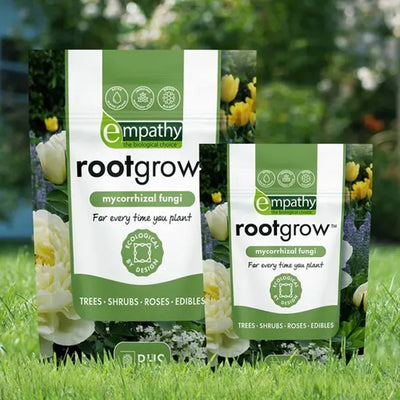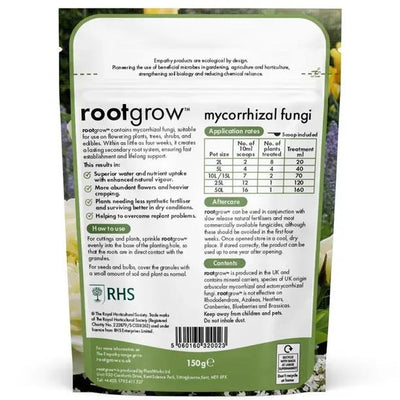Downy Birch Sapling Trees
-
Use: Specimen tree, screening, wetland planting
- Not suitable for hedging
-
Height: Up to 25m
-
Growth: Fast. Upright
-
Soil: Any except chalk, prefers damp
-
Light: Full sun
-
Type: Native deciduous tree
-
Species: Betula pubescens
-
Bareroot Delivery Only: Nov-March
Appearance, Growth & Uses
The Downy, Hairy or Common White Birch is an upright native tree with pale grey mature bark.
The autumn colour is a warm buttery gold.
It's very fast-growing, reaching about 20-25 metres: excellent screening for wet sites where other trees might struggle.
It's similar to Silver Birch, the main differences being:
Features
- The young twigs have downy hairs on them and feel smooth to the touch.
- The tree is more upright and narrow, lacking silver birch's gracefull semi-weeping habit
- It thrives in wet ground and doesn't do so well on dry soil, whereas Silver Birch grows almost anywhere, but in the wild Silver birch seeds are more successful on well drained soil.
Betula pubescens is also known as White Birch, but these days that name makes most people think of Snow Queen or Himalayan Birch.
Features
Growing Conditions
-
Soil: Any except dry or chalk, prefers acidic
-
Light: Full sun
-
Moisture: Loves damp sites near water
-
Avoid: Chalk, shade, exposed coastal sites
-
Maintenance: Very tough, avoid pruning
-
Hardiness: Very hardy, wind resistant
Grows on any soil that isn't dry, but really loves neutral to acidic conditions close to water.
Will struggle on shallow chalk, which tends to be pretty dry - with lots of mulch and no shade it'll probably be OK, but Silver Birch is a safer choice.
Very wind resistant, but not suitable for coastal locations.
Garden Design Ideas
Perfect for wetland gardens and boggy areas where you need the character of silver birch. Silver birch wins the beauty contest between them, though.
Excellent for wildlife gardens. The leaves support butterfly caterpillars and the upright, narrow habit provides vertical structure without taking too much space.
History & Trivia
In the past, birchbark was very valuable because it's oily, waterproof and flexible when heated.
It was used to make all sorts of items related to water, from boats and buckets to roofs and hats.
Birch was associated with fertility, and bundles of birch twigs were preferred in Medieval times to flog criminals.
You'll find birch twigs in a properly traditional Swedish sauna to lightly whip your back with, which is supposed to enhance your detox.
Birchwood isn't that commercially valuable these days; it's mostly used for paper pulp and disposable things like toothpicks and matches.
It burns well, if a little quickly.

 Secure, One-Tap Checkout
Secure, One-Tap Checkout
 Hand Picked, Delivered to Your Door!
Hand Picked, Delivered to Your Door! 1 Year Bareroot Guarantee
1 Year Bareroot Guarantee















